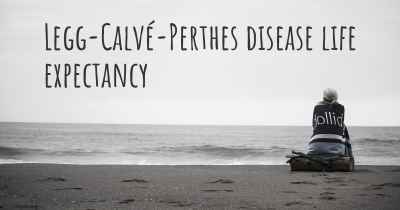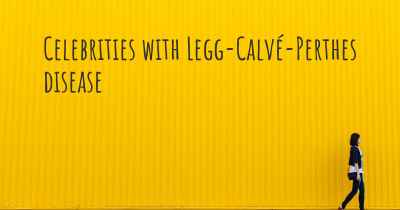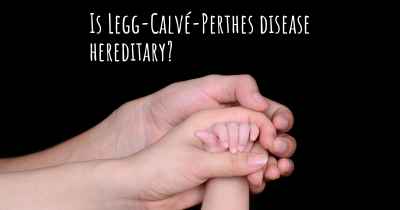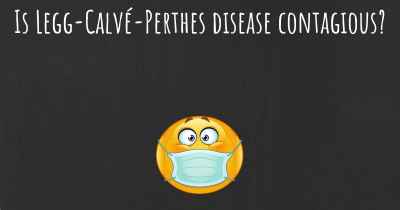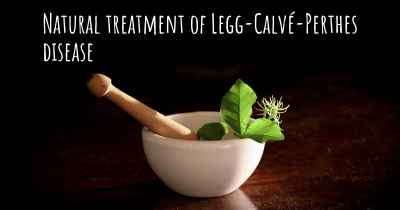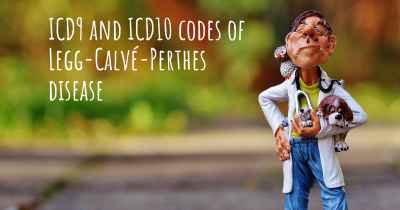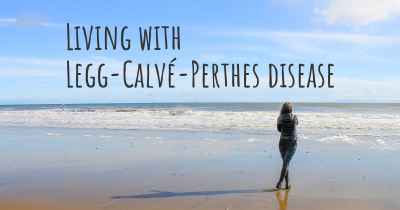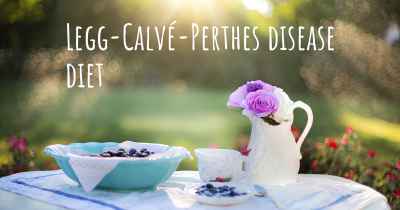What are the best treatments for Legg-Calvé-Perthes disease?
See the best treatments for Legg-Calvé-Perthes disease here
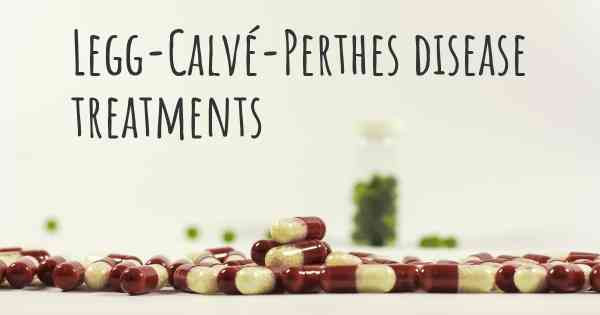
Treatments for Legg-Calvé-Perthes Disease
Legg-Calvé-Perthes disease, also known as Perthes disease, is a childhood condition that affects the hip joint. It occurs when the blood supply to the femoral head (the rounded end of the thigh bone) is temporarily disrupted, leading to the death of bone cells. As a result, the femoral head becomes weak and may collapse, causing pain and limited mobility. The disease typically affects children between the ages of 4 and 10, with boys being more commonly affected than girls.
The treatment of Legg-Calvé-Perthes disease aims to relieve pain, preserve hip function, and prevent long-term complications. The choice of treatment depends on various factors, including the child's age, the stage of the disease, and the severity of symptoms. The most common treatment options include:
1. Observation and Rest
In some cases, especially during the early stages of the disease, observation and rest may be sufficient. This approach involves limiting physical activities that put stress on the hip joint, such as running or jumping. The child may be advised to use crutches or a wheelchair to reduce weight-bearing on the affected hip. Regular follow-up visits with the orthopedic specialist are necessary to monitor the progress of the disease.
2. Physical Therapy
Physical therapy plays a crucial role in the treatment of Legg-Calvé-Perthes disease. It focuses on maintaining and improving hip range of motion, strengthening the surrounding muscles, and promoting proper gait mechanics. Physical therapists use various techniques, including stretching exercises, muscle-strengthening exercises, and hydrotherapy. They may also recommend the use of assistive devices, such as braces or orthotics, to support the hip joint and improve mobility.
3. Medications
Medications are often prescribed to manage pain and inflammation associated with Legg-Calvé-Perthes disease. Nonsteroidal anti-inflammatory drugs (NSAIDs), such as ibuprofen or naproxen, can help reduce pain and swelling. In some cases, the doctor may recommend stronger pain medications or prescribe a short course of oral steroids to alleviate symptoms. It is important to follow the prescribed dosage and consult with a healthcare professional before giving any medication to a child.
4. Casting or Bracing
In certain situations, casting or bracing may be used to help maintain proper alignment of the hip joint and promote healing. This treatment option is more commonly employed during the fragmentation and reossification stages of the disease. A cast or brace is custom-made to fit the child's leg and hip, and it is worn for a specific period of time as determined by the orthopedic specialist. Regular monitoring and adjustments are necessary to ensure proper fit and effectiveness.
5. Surgical Interventions
Surgery is typically considered when other treatment methods fail to provide adequate relief or if the disease progresses to a severe stage. The specific surgical procedures depend on the individual case and may include:
- Osteotomy: This procedure involves cutting and repositioning the femur to improve the alignment of the hip joint.
- Joint realignment: In some cases, the surgeon may need to reposition the femoral head within the hip socket to restore proper joint mechanics.
- Joint replacement: In rare cases where the hip joint is severely damaged, a total hip replacement may be necessary. However, this is usually reserved for older adolescents or adults.
6. Follow-up Care
Regardless of the chosen treatment approach, regular follow-up care is essential for monitoring the progress of Legg-Calvé-Perthes disease. X-rays and other imaging tests are performed periodically to assess the healing process and determine the effectiveness of the treatment. The orthopedic specialist may recommend adjustments to the treatment plan based on the child's response and the stage of the disease.
It is important to note that the treatment of Legg-Calvé-Perthes disease can be a lengthy process, often spanning several years. The success of the treatment depends on early detection, appropriate intervention, and compliance with the recommended treatment plan. With proper care and management, most children with Legg-Calvé-Perthes disease can regain normal hip function and lead active lives.
Wer umfangreiches und wertvolles Erfahrungswissen aus mehreren tausend Fällen benötigt, kann gern auf www.morbus-Perthes.de oder www-morbus-perthes.org Kontakt zu mir aufnehmen. Mein Name ist Wolfgang Strömich
Posted Oct 25, 2018 by Stiftung Deutsche Morbus Perthes Initiative
Posted Mar 18, 2019 by Michael 2550
